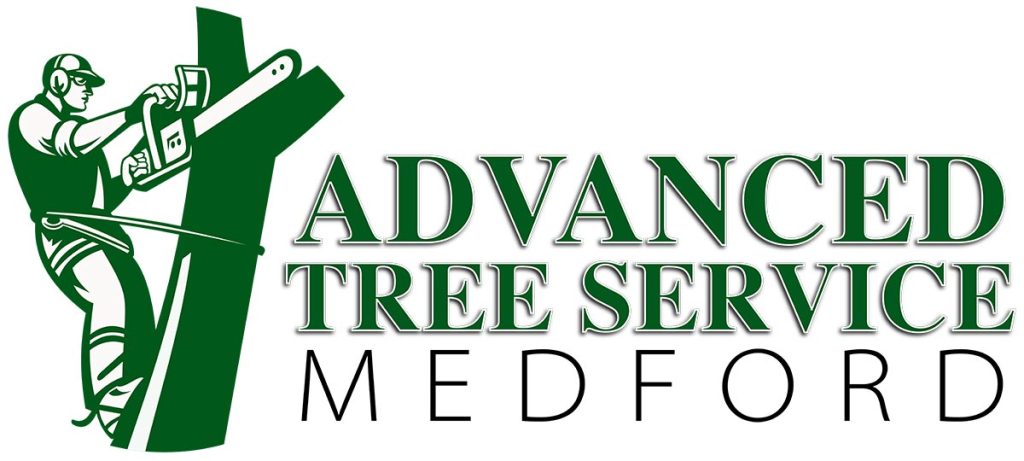Navigating the challenges winter presents to your lawn can be a daunting task. Dropping temperatures and snow cover significantly affect the health and appearance of your lawn. While options for maintenance vary based on snow presence, there are common winter phenomena that every lawn owner should be aware of.
Typical Winter Effects on Lawns
Your lawn’s response to cold weather can manifest in several ways. Adequate preparation with fertilizers and nutrients can enhance your grass’s resilience against the cold. Key winter effects include:
Dormancy – A natural state for most grasses during colder months. Dormant grass might look lifeless, but it’s merely in a state of hibernation and will rejuvenate with the return of spring.
Continued Growth – In certain climates, grass may grow during winter. If this occurs, regular mowing is advisable if the growth persists.
Snow Mold – A fungal problem that often develops under snow. Prevention is key, and while it might be too late for this season, recognizing this issue helps plan for future winters.
Physical Damage – Grass may suffer damage or death during winter. Minimizing foot traffic on the lawn helps prevent compaction and damage exacerbated by snow cover.
Managing Winter Lawn Challenges
Winter can be a testing period for your lawn. Advanced Tree and Landscape is here to assist if you encounter issues like snow mold or other concerns. We offer expert advice and resources to help you maintain your lawn’s health throughout winter. Contact us for guidance and support in protecting your lawn during the cold months.

